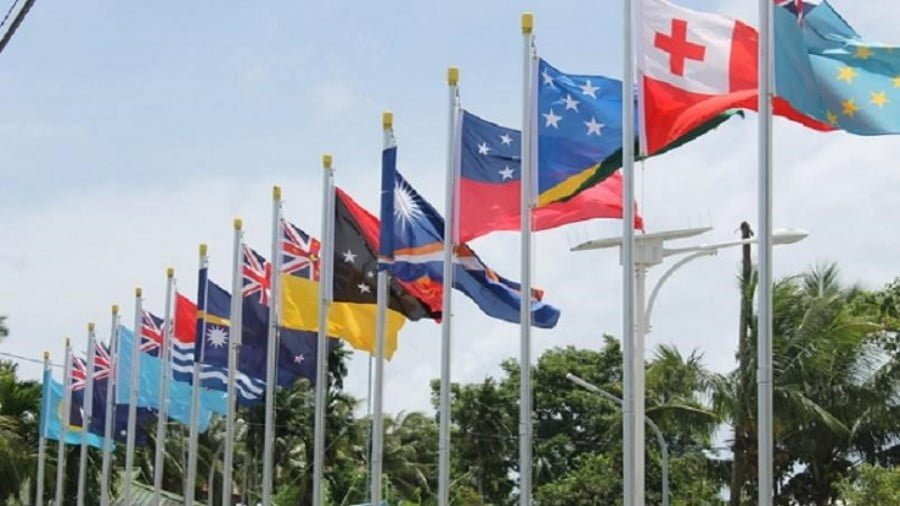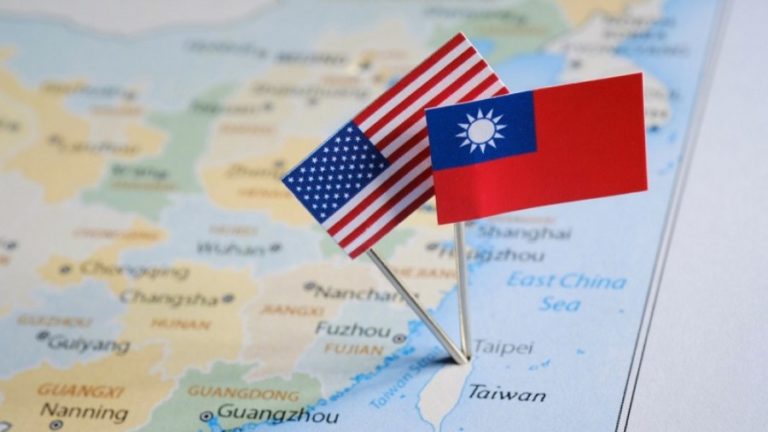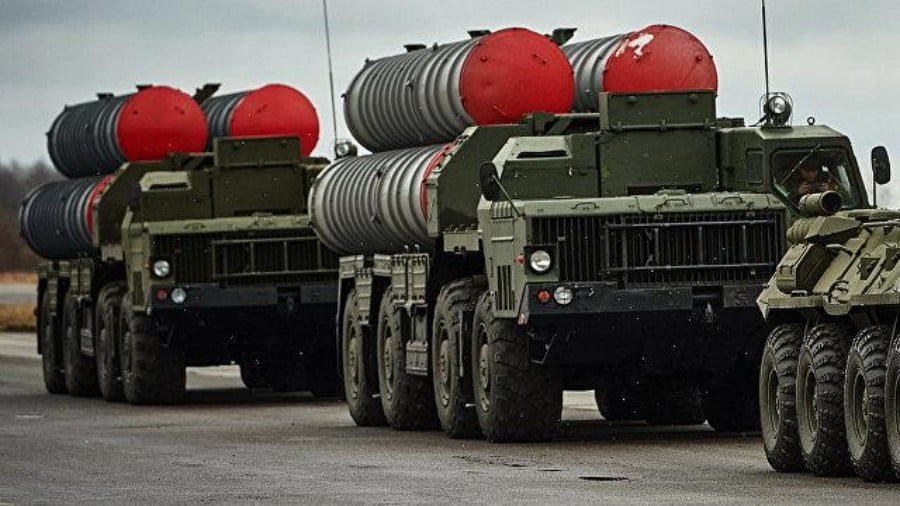How Enduring is the American-style Asian Version of NATO?
The United States, committed to fanning the flames of wars in various regions around the world, and to entangling the whole world in military blocs and armed coalitions that are subordinate to it alone, in recent years has begun to purposefully approach how to create military alliances against countries that refuse to obey Washington’s dictates.
Specifically owing to this, in 2018 the United States came up with the idea of creating a so-called “Arab NATO”, whose main objective would be confronting Iran. According to the plans laid down by White House strategists, the makeup of this kind of new military bloc – the Middle East Strategic Alliance (MESA) – was supposed to include six countries in the Persian Gulf: Saudi Arabia, the United Arab Emirates, Kuwait, Qatar, Oman, and Bahrain, as well as Egypt and Jordan. The idea of putting together this broad association of Arab states originated in the White House back in 2011, at the dawn of the so-called “Arab Spring,” and this project again took on more relevance against the backdrop of yet another flare-up in relations between the US and Iran. However, given the different attitudes toward the Iranian threat among members in the US-planned MESA, this White House “project” has not yet started to develop.
And so, implementing the call made by President Donald Trump a year ago that NATO should supposedly not only keep tabs on Russia, but also China, the White House has recently begun to take active measures to create a so-called “Asian NATO”. This, in particular, was brought up at the recent American-Indian forum by US Deputy Secretary of State Stephen Biegun, who announced plans to create a powerful group in the Asia-Pacific region. According to Washington’s concept, it will first include the United States, Japan, Australia, and India, and later on South Korea, New Zealand, and Vietnam. As the American official said, “the future union will include states that share common values and interests,” which, according to Biegun’s plans, could attract many more countries to become involved in this military bloc, and not only in the Indo-Pacific region, but also from the entire world.
Attempts to realize the idea of an “Asian NATO” on a practical level were made by US Secretary of Defense Mark Esper during a meeting held by the Quadripartite Security Dialogue (Quad), which was held from October 4-6 in Tokyo, and where an anti-Chinese agenda predominated. This “dialogue” included the United States, India, Australia, and Japan, and was originally initiated by Japanese Prime Minister Shinzo Abe in 2007 during a crisis in its relations with China. Recently, the anti-Chinese agenda for this “dialogue” has come back into effect, but now it is being promoted more by the US than by Japan. US Secretary of State Mike Pompeo, who attended the Tokyo meeting, said that “cooperation is more important than ever to protect America’s partners from exploitation, corruption, and coercion by China”.
Alexander Neill, a senior fellow for Asia-Pacific security at the IISS in Singapore, stated that given the lack of solidarity in the Asian-Pacific region about the necessity of creating this kind of anti-Chinese bloc there, one of the reasons that Washington – and one that it is not making blatant – wanted to discuss the topic at that Quad meeting was enticing India to lend its support to the idea. However, whether Delhi needs this is anything but certain, given that India intends to diversify its ties, both in politics and in cooperation on military and technology issues. And therefore, it is actively purchasing weapons not only from the United States, but also from Russia, and this unilateral support for Washington’s idea of forming a military bloc in Asia will undoubtedly have negative repercussions on Russian-Indian ties, including in the military field, in which Delhi has a vested interest.
However, there are other major obstacles that stand in the way of these plans by the White House. And those were already officially denoted on October 21 in Indonesia by the new Japanese Prime Minister, Yoshihide Suga. In particular, when asked if Japan was going to create an Asian version of the North Atlantic Treaty Organization (NATO), Suga stated: “Our actions in the South China Sea are not targeted against any one country”.
It should also be noted that, despite the criticism of Beijing’s activities in the region that sometimes resounds in the speeches made by certain politicians in Southeast Asia, they generally try to avoid the prospects of having to make a choice between the United States and China. And Singaporean Prime Minister Lee Hsien Loong stated something about this loudly and clearly back in the day: “If you are friends with two countries that are on opposite sides of the barricades, sometimes you can get along with both of them equally well. I think it is best if we do not take anybody’s side”.
In addition, implementing military cooperation at the level of the new “Asian NATO” would require that the United States modernize its military forces and means of deterrence, end the process of nuclear disarmament, and increase funding for new operational/tactical ballistic missiles, but this has not happened so far. And this is evidence that the issue of creating an Asian, anti-Chinese, pro-American military bloc remains up in the air.
Undoubtedly, one of the factors keeping Washington in check from implementing this idea is that China may well create its own “Asian NATO”, taking advantage of its dominant position in the region and close trade and commercial (and in some places, ideological and political) ties with its neighbors. And one year ago Xi Jinping already urged leaders in Asian countries to create a new security structure in Asia to bolster the region’s defense capabilities. However, China is apparently not particularly interested in setting up an anti-American pact with anyone, since this would deprive it of much freedom to maneuver, and turn it into an overt antagonist of the United States. Peaceful rhetoric remains part of China’s image in the international arena, but Beijing does not hide the fact that strengthening its armed forces continues to be an important objective.
Nowadays, it is apparent to everyone that a process of polarization – into American and non-American parts – is taking place across the entire world, with anti-American sentiments becoming stronger not only in the Middle East, but also in other regions where Washington’s military dictates are already being perceived with sharp criticism. Therefore, it can be assumed that in Eurasia (as well as in a number of other regions around the world) a kind of continental security belt will eventually be created, transforming the countries throughout the Eurasian continent that disagree with “American-style democracy” from isolated entities into consolidated strategic military blocs. And much about this will definitely depend upon the policy espoused by Beijing, which genuinely has the ability to set the tone for the international political situation in the Asia-Pacific region over the upcoming decades.







